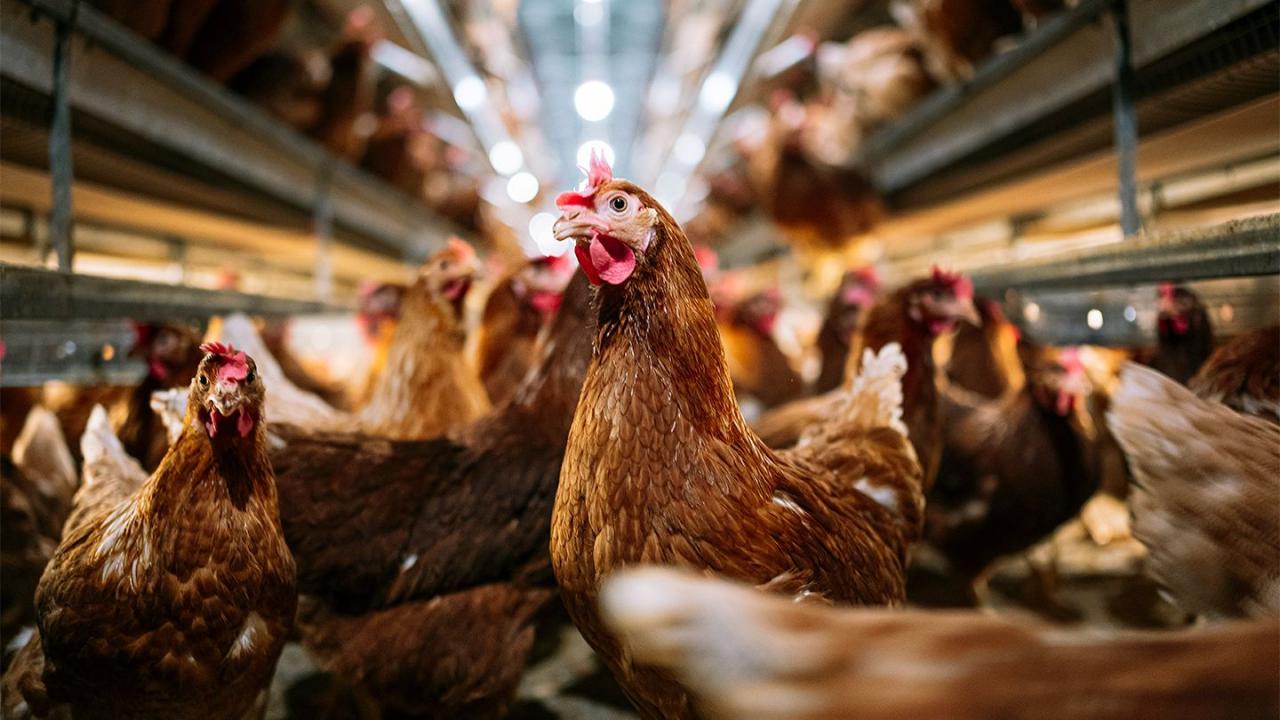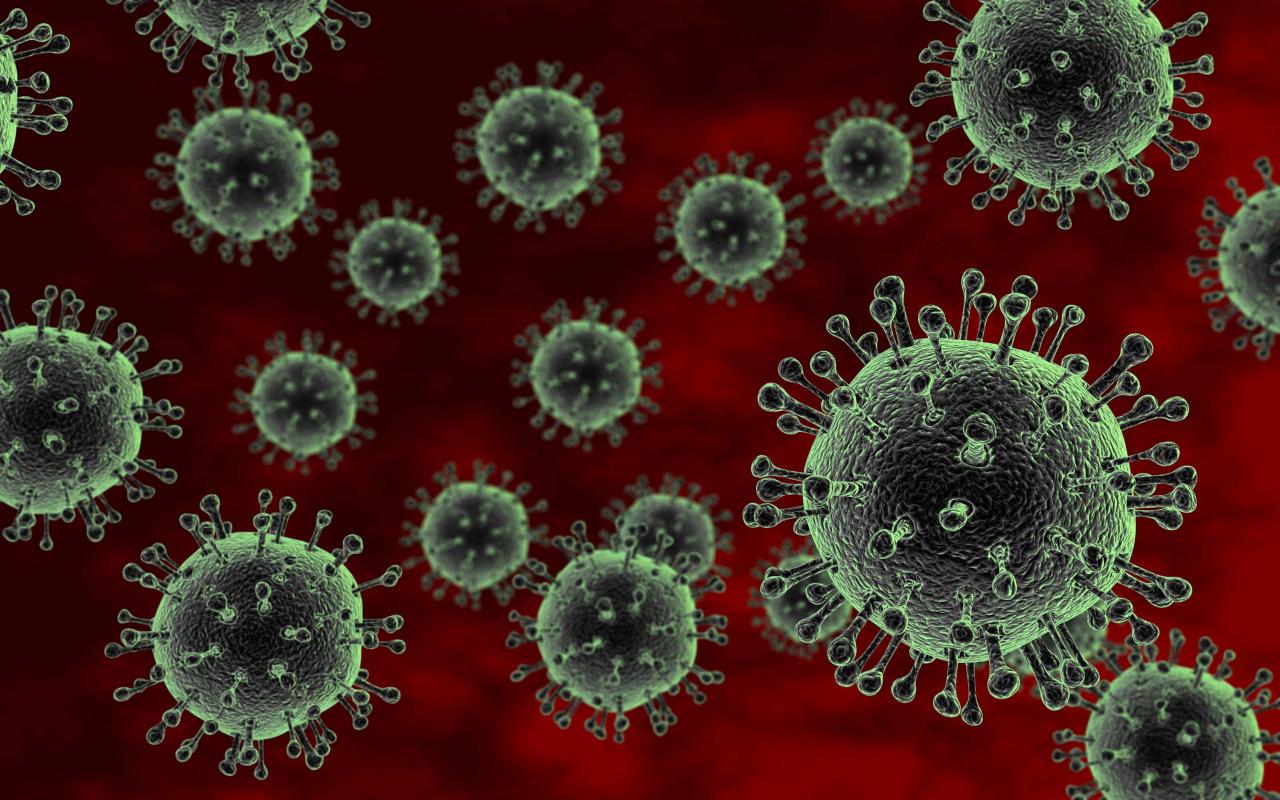
Bird flu virus milk, a concerning topic in the food industry, raises questions about the potential risks to human health and the measures taken to ensure milk safety. This article delves into the transmission, impact, detection, prevention, and public health implications of bird flu virus in milk, providing a comprehensive overview of this critical issue.
Bird Flu Virus Overview: Bird Flu Virus Milk

The bird flu virus, also known as avian influenza virus, is a highly contagious respiratory virus that primarily affects birds. It belongs to the Orthomyxoviridae family and can infect both domestic and wild birds. The virus is characterized by its rapid spread and ability to cause severe respiratory illness and death in poultry.Different
strains of the bird flu virus exist, and their severity varies depending on the strain. Some strains, such as H5N1 and H7N9, have caused outbreaks in humans, leading to serious illness and fatalities.
Transmission of Bird Flu Virus to Milk, Bird flu virus milk
The bird flu virus can potentially be transmitted to milk through infected poultry. When infected birds shed the virus in their respiratory secretions, it can contaminate the environment, including poultry farms and milking equipment. If milk is produced from infected animals or comes into contact with contaminated equipment, it may become contaminated with the virus.Poor
hygiene practices and inadequate biosecurity measures in poultry farms can increase the risk of virus transmission to milk. Infected poultry may shed the virus in their feces, saliva, and respiratory secretions, which can contaminate the environment and spread to other birds or milk production facilities.
Impact of Bird Flu Virus on Milk Safety
Bird flu virus contamination in milk poses a potential risk to human health. Consuming milk contaminated with the virus can lead to infection in humans, causing respiratory illness and, in severe cases, death. The virus can survive in milk for extended periods, making it a potential source of infection even after processing.Dairy
industries have implemented strict measures to prevent and control bird flu virus contamination in milk. These measures include rigorous testing of milk for the presence of the virus, enhanced biosecurity practices on poultry farms, and vaccination programs for poultry.
Detection and Monitoring of Bird Flu Virus in Milk
Detection of the bird flu virus in milk is essential for ensuring milk safety. Various methods are employed to detect the virus, including:
Virus isolation
This involves isolating the virus from milk samples and growing it in a laboratory for identification.
Antigen detection
This method uses antibodies to detect the presence of viral antigens in milk samples.
Molecular detection
This technique involves amplifying specific viral genetic material using polymerase chain reaction (PCR) to detect the virus.Surveillance systems are in place to monitor the presence of the bird flu virus in milk production. Regular testing of milk samples from poultry farms and dairy processing facilities helps identify and contain outbreaks, preventing the spread of the virus through the food supply.
Prevention and Control of Bird Flu Virus in Milk Production
Preventing the spread of the bird flu virus to milk requires a multi-faceted approach involving poultry farmers and dairy industries. Poultry farmers should implement biosecurity measures such as:
- Isolating infected birds
- Restricting access to poultry farms
- Vaccinating poultry
- Disposing of infected birds and contaminated materials properly
Dairy industries should adopt good manufacturing practices, including:
- Sourcing milk from farms with strong biosecurity measures
- Testing milk for the presence of the virus
- Pasteurizing milk to kill any potential virus
Public Health Implications of Bird Flu Virus in Milk
Consuming milk contaminated with the bird flu virus can have serious health implications. The virus can cause respiratory illness in humans, ranging from mild symptoms to severe pneumonia and respiratory failure. In severe cases, the virus can lead to death.Public
health authorities have implemented measures to protect consumers from the risk of bird flu virus infection through milk. These measures include:
- Surveillance of milk production facilities for the presence of the virus
- Testing of milk samples to ensure safety
– Educating the public about the risks and preventive measures
Outcome Summary

Understanding the bird flu virus in milk is essential for safeguarding public health and ensuring the safety of our food supply. By implementing preventive measures, monitoring systems, and consumer education, we can effectively mitigate the risks associated with this virus and maintain the integrity of our dairy products.








